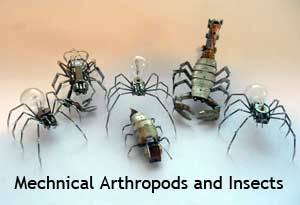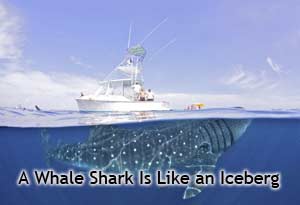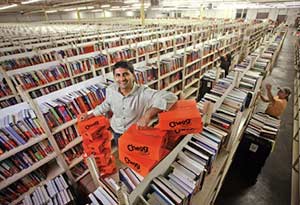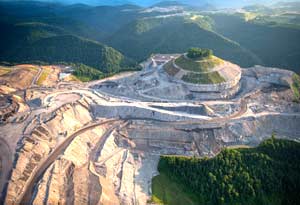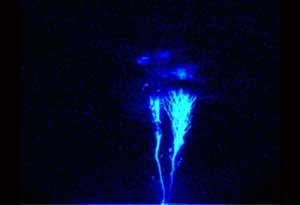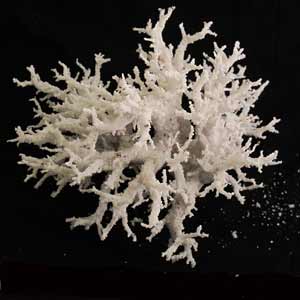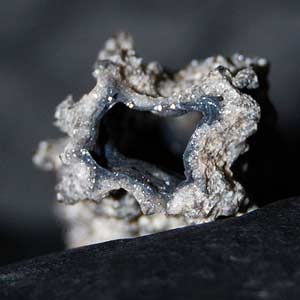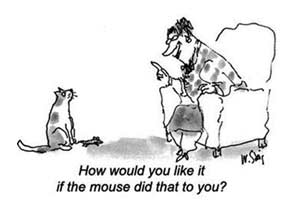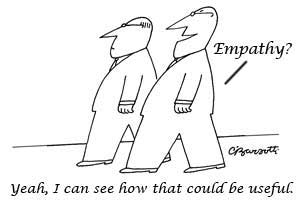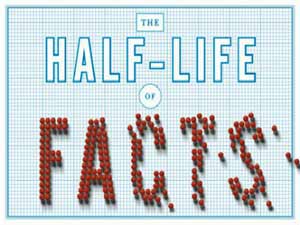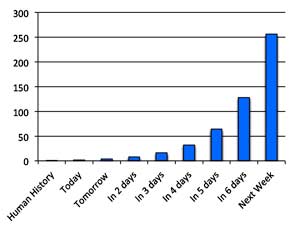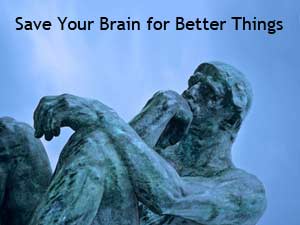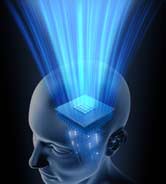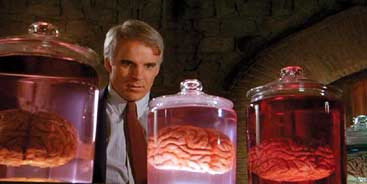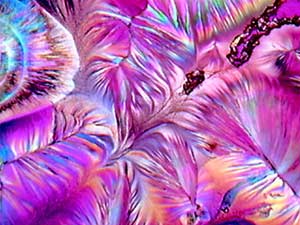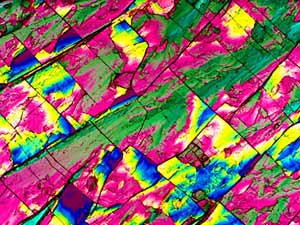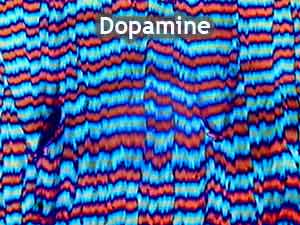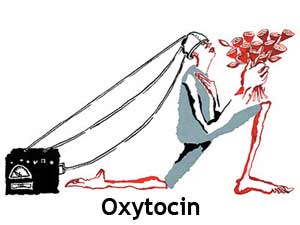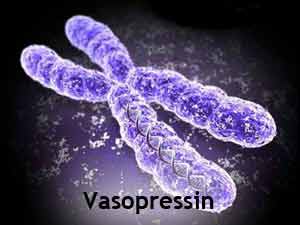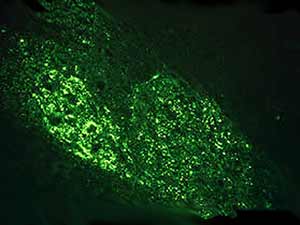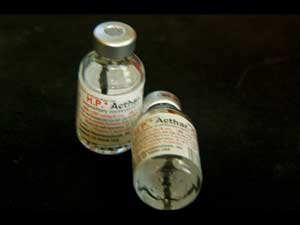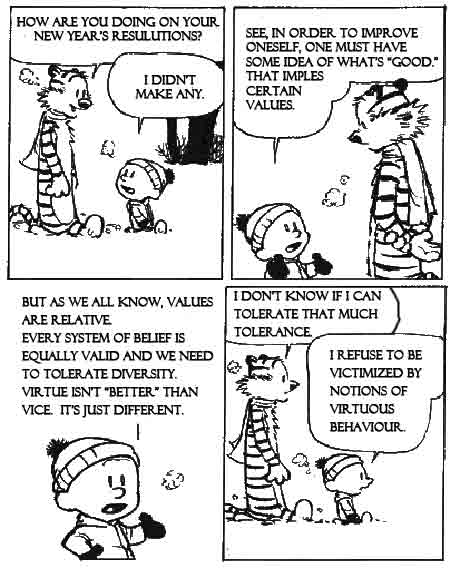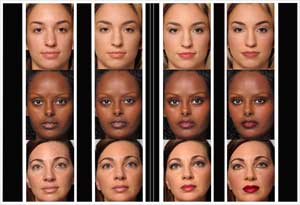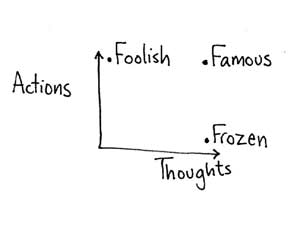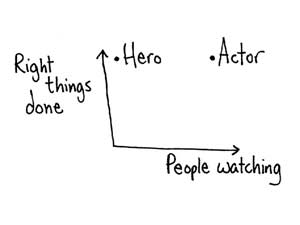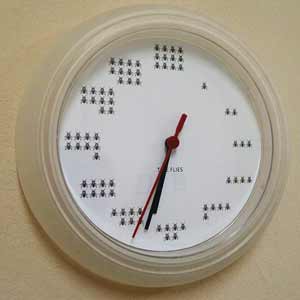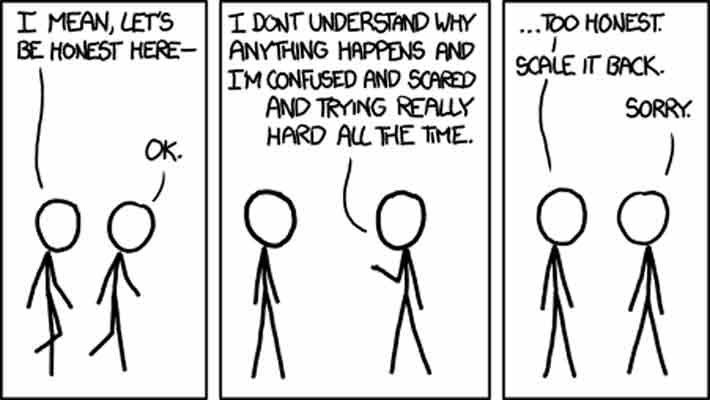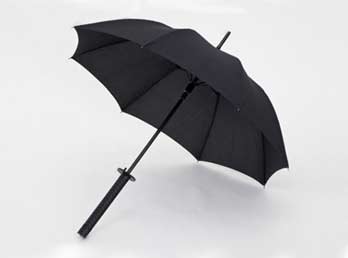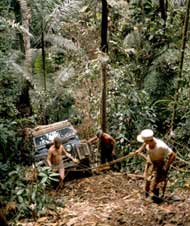There are many different ways to classify neurotransmitters (a chemical released by a nerve cell to send a signal to another nerve cell). Dividing them into amino acids, peptides, and monoamines is sufficient for some classification purposes.
Major neurotransmitters:
Amino Acids: glutamate, aspartate, D-serine, γ-aminobutyric acid (GABA), glycine.
Monoamines and Other Biogenic Amines: dopamine, norepinephrine (noradrenaline), epinephrine (adrenaline), histamine, serotonin.
Peptides: somatostatin, substance P, opioid peptides.
Others: acetylcholine (ACh), adenosine, anandamide, nitric oxide.
In addition, over 50 neuroactive peptides have been found, and new ones are discovered regularly. β-endorphin is a relatively well-known example of a peptide neurotransmitter; it engages in highly specific interactions with opioid receptors in the central nervous system. Single ions, such as synaptically released zinc, are also considered neurotransmitters by some, as are some gaseous molecules such as nitric oxide (NO), hydrogen sulfide (H2S, and carbon monoxide (CO). These aren’t classical neurotransmitters by the strictest definition: although they’ve all been shown experimentally to be released by presynaptic terminals in an activity-dependent way, they are not packaged into vesicles.
By far the most prevalent transmitter is glutamate, which is excitatory at well over 90% of the synapses in the human brain. The next most prevalent is GABA. Even though other transmitters are used in far fewer synapses, they may be very important functionally — the great majority of psychoactive drugs exert their effects by altering the actions of some neurotransmitter systems. Addictive drugs such as cocaine and amphetamine exert their effects primarily on the dopamine system. The addictive opiate drugs exert their effects primarily by regulating dopamine levels.
- Serotonin receptors influence various biological and neurological processes such as aggression, anxiety, appetite, cognition, learning, memory, mood, nausea, sleep, and thermoregulation. The serotonin receptors are the target of a variety of pharmaceutical drugs, including many antidepressants, antipsychotics, anorectics, antiemetics, gastroprokinetic agents, antimigraine agents, hallucinogens, and entactogens. The serotonin receptors are known to regulate longevity and behavioural ageing in the nematode — maybe humans, too?
- Glutamate is important for learning and memory. Glutamic acid has been implicated in epileptic seizures. Glutamate transporters are found in neuronal and glial membranes where they rapidly remove glutamate from the extracellular space. Glutamate also serves as the precursor for the synthesis of GABA. Glutamic acid, a constituent of protein, is present in every food that contains protein, but it can only be tasted when in an unbound form. Significant amounts of free glutamic acid are present in cheese and soy sauce; it’s responsible for umami, one of the 5 basic tastes.
- GABA (Gamma AminoButyric Acid) is the chief inhibitory neurotransmitter in the mammalian central nervous system, playing a role in regulating neuron excitability throughout the nervous system. In humans, GABA regulates muscle tone. Stiff-man syndrome is a neurologic disorder leading to a decrease in GABA and, therefore, brings impaired motor function, muscle stiffness, and spasm. GABA regulates the proliferation of neural progenitor cells, their migration and differentiation, and the elongation of axons and dendrites and the formation of synapses.
- Dopamine plays a major role in the brain system responsible for reward-driven learning. Every type of reward that has been studied increases the level of dopamine in the brain; stimulants such as cocaine and methamphetamine act directly on the dopamine system. People with extroverted (reward-seeking) personalities tend to show higher dopamine levels than introverts. Parkinson’s disease (tremor and motor impairment) is caused by loss of dopamine-secreting neurons. Schizophrenia involves elevated dopamine in one part of the brain and decreased levels in another part. Dopamine has functions in behaviour and cognition, voluntary movement, motivation, punishment and reward, sleep, mood, attention, working memory, and learning. Aggression may stimulate the release of dopamine; sociability is also closely tied to its levels. The high-dopamine personality is characterised by high intelligence, a sense of personal destiny, a religious/cosmic preoccupation, obsession with achieving goals, emotional detachment that may lead to ruthlessness, and a risk-taking mentality.
- Epinephrine (also known as adrenaline or adrenalin) regulates heart rate, blood vessel and air passage diameters and manages metabolic shifts; its release is a crucial component of the fight-or-flight response of the sympathetic nervous system. An adrenaline junkie appears to be addicted to endogenous epinephrine. The “high” is caused by self-inducing a fight-or-flight response by intentionally engaging in stressful or risky behaviour, causing a release of epinephrine by the adrenal gland.
- Noradrenaline (from Latin) and norepinephrine (from Greek) are interchangeable terms, with noradrenaline being most commonly used. One of the most important functions of noradrenaline is its influence on the sympathetic nervous system. As a stress hormone, it affects the amygdala, where attention and responses are controlled. Along with epinephrine, noradrenaline also underlies the fight-or-flight response, directly increasing heart rate, triggering the release of glucose from energy stores, and increasing blood flow to skeletal muscle. It increases the brain’s oxygen supply and suppresses neuroinflammation.
- Oxytocin is released in large amounts after distension of the cervix and uterus during labour, facilitating birth, maternal bonding, and, after stimulation of the nipples, breastfeeding. Recent studies show a role in orgasm, social recognition, pair bonding, anxiety, and maternal behavior. The inability to secrete oxytocin and feel empathy is linked to sociopathy, psychopathy, narcissism, and general manipulativeness. There is some evidence that oxytocin promotes tribal behaviour, incorporating trust and empathy of in-groups coupled with suspicion and rejection of outsiders. It modulates inflammation; its increase following positive social interactions has the potential to improve wound healing [so visit that friend in the hospital]. It evokes feelings of contentment, reduces anxiety and fear, increases trust, and increases calm and secure feelings around mates. It protects against stress. Autism may be correlated with genomic deletion of the gene containing the oxytocin receptor gene (OXTR) or an aberrant methylation of it.
- Prolactin is a peptide hormone known for its role in lactation. (In fish it controls water and salt balance.) It regulates the immune system and functions as a growth-, differentiating- and anti-apoptotic factor. It has also profound influence on hematopoiesis, angiogenesis, and is involved in the regulation of blood clotting through several pathways. Prolactin has over 300 known effects; it causes enlargement of mammary glands during pregnancy and stimulates mammary glands to produce milk. It provides the body with sexual gratification after sexual acts by counteracting the effect of dopamine (responsible for sexual arousal). Unusually high amounts are suspected to be responsible for impotence and loss of libido. Prolactin also stimulates the cells responsible for formation of myelin coatings on axons in the central nervous system and promotes neurogenesis in maternal and fœtal brains. It peaks during REM sleep; levels rise after exercise, meals, sexual intercourse, minor surgical procedures, or following epileptic seizures.
- Arginine Vasopressin (AVP) is responsible for regulating the body’s retention of water by acting to increase water absorption in the collecting ducts of the kidney. It plays a key role in homeostasis by regulating water, glucose, and salts in blood. It’s implicated in memory formation, including delayed reflexes, image, and short- and long-term memory (though the mechanism remains unknown). It’s involved in aggression, blood pressure regulation, temperature regulation, and it may have analgesic effects. Differences in the AVP receptor gene between individual members of a species appear predictive of differences in social behaviour; in male humans it affects pair-bonding behaviour. The brains of males use vasopressin as a reward for forming lasting bonds with a mate; men with certain variations are more likely to experience marital discord due to disappointing levels of satisfaction, affection, and cohesion. Ethanol (alcohol) reduces vasopressin. Increasing vasopressin helps control bedwetting by children.
- Cortisol, also known as hydrocortisone, is a steroid produced by the adrenal gland in response to stress and low levels of blood glucocorticoids. During human pregnancy, increased fœtal production of cortisol initiates production of fœtal lung surfactant to promote maturation of the lungs. Cortisol released in response to stress spares glucose for the brain, generates new energy from stored reserves, and diverts energy away from low-priority activities in order to survive immediate threat. However, prolonged secretion (from chronic stress or Cushing’s syndrome) counteracts insulin and inhibits peripheral utilisation of glucose. In laboratory rats, cortisol induces collagen loss in skin. It stimulates gastric-acid secretion, weakens the immune system, and reduces bone formation (by reducing calcium absorption in the intestine). Elevated levels of cortisol, if prolonged, can lead to muscle wasting. It works with epinephrine (adrenaline) to create memories of short-term emotional events; this is the proposed mechanism for storage of flashbulb memories, and may originate as a means to remember what to avoid in the future. However, long-term exposure damages cells in the hippocampus resulting in impaired learning. It inhibits memory retrieval of already stored information and shuts down the reproductive system. It reduces histamine secretion, serotonin levels, glutamate levels, ammonia levels, and heavy metals in the body.
- Substance P (SP) binds to the neurokinin 1 receptor (NK-1). Binding of SP to NK-1 results in SP being degraded. SP and the NK-1 receptors are widely distributed in the brain in regions that regulate emotion (hypothalamus, amygdala, and the periaqueductal gray), in close association with serotonin and neurons containing noradrenaline targeted by current antidepressant drugs. SP is important in pain perception — it transmits pain information into the central nervous system. It coexists with glutamate in response to painful stimulation. SP regulates mood disorders, anxiety, stress, reinforcement, neurogenesis, respiratory rhythm, neurotoxicity, nausea/emesis, pain and nociception. It’s involved in neurogenic inflammation responses to infection or injury. SP antagonists may function as analgesics. SP may play a part in fibromyalgia. Capsaicin reduces levels of SP, so it is used as an analgesic and anti-inflammatory to reduce pain associated with arthritis and neuralgia. SP promotes wound-healing and, injected into pancreatic nerves, reverses diabetes in mice. It’s involved in the axon reflex-mediated vasodilatation to create local heating, and wheal and flare reactions. Naked mole rats lack SP and are insensitive to pain when painful stimuli are administered to the skin.
- Adrenocorticotropic Hormone (ACTH) is produced in response to biological stress. It increases production and release of corticosteroids. A deficiency causes adrenal insufficiency; an excess causes Cushing’s syndrome. It stimulates cholesterol delivery to mitochondria and lipoprotein uptake into cortical cells, thus increasing the bio-availability of cholesterol. Long-term actions include stimulating production of steroids for mitochondrial oxidative phosphorylation systems. These actions supply enhanced energy to stimulated adrenocortical cells. ACTH was first synthesized as a replacement for Acthar Gel, a long-lasting animal product used to treat infantile spasms. Once relatively inexpensive, Acthar Gel is currently an extremely expensive pharmaceutical product with prices per vial as high as US$60,000.
 Animals
Animals Animation
Animation Art of Playing Cards
Art of Playing Cards Drugs
Drugs Education
Education Environment
Environment Flying
Flying History
History Humour
Humour Immigration
Immigration Info/Tech
Info/Tech Intellectual/Entertaining
Intellectual/Entertaining Lifestyles
Lifestyles Men
Men Money/Politics/Law
Money/Politics/Law New Jersey
New Jersey Odds and Oddities
Odds and Oddities Older & Under
Older & Under Photography
Photography Prisons
Prisons Relationships
Relationships Science
Science Social/Cultural
Social/Cultural Terrorism
Terrorism Wellington
Wellington Working
Working Zero Return Investment
Zero Return Investment









